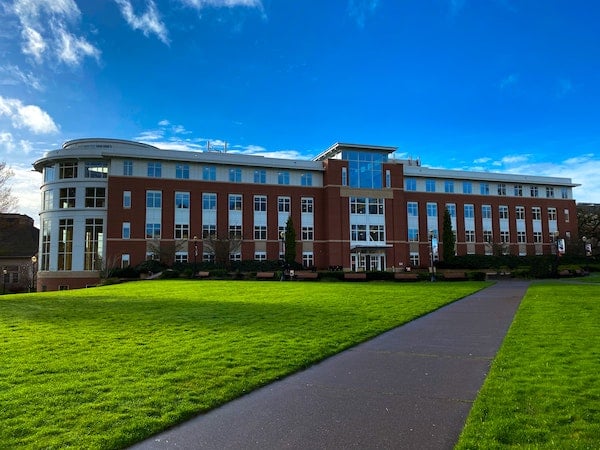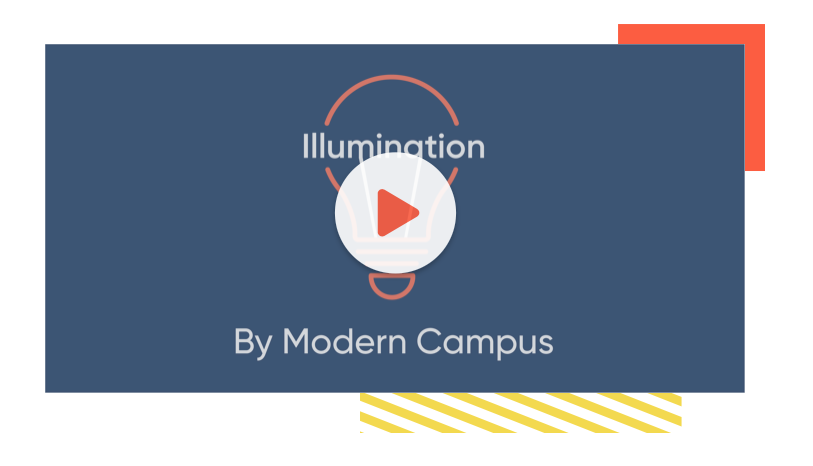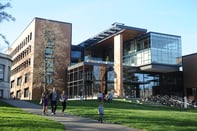Published on
Adopting a Collaborative Continuing Education Model

On this week’s episode of Illumination by Modern Campus, we look at the state of Continuing Education and how to adapt a more centralized approach to create more accessible and flexible education.
For decades, Continuing Education has been operating on the outside of the broader institution. This allows them to be innovative, responsive and creative when it comes to tackling new challenges. But being on the periphery poses more challenges when you look at the institution as a whole. So what are some of the most common obstacles that face continuing and non-degree education divisions today?
When it comes to responding to non-traditional education, for many institutions, it becomes a side-of-the-desk project. It’s more compelling to stick with the audience you know and keep delivering programming suited for the traditional 18-22 year old. So why should the broader institution respond to the increasing market demand of non-degree programming?
To develop programming to meet the needs of the non-degree or Continuing Ed market, faculties have a tendency to do things on their own. This desire to run independently then silos departments from each other, creating decentralization. But what are some of the most pressing issues or challenges that decentralization created?
In looking at a non-degree model, institutions typically choose this approach to meet learner needs and demands. But how does a decentralized model impact the student experience for a learner who’s trying to access and leverage offerings to get where they need to go in their careers?
Institutions strive to help students achieve their career goals. To execute on that, departments and facilities have traditionally been created to meet these specific needs. But in today’s world, siloing isn’t going to cut it and institutions now have the capacity to run things collaboratively and simultaneously using the right technology. So how does microcredentialing and the stackable credential model start to fit into this future of higher ed where Continuing Education is not an afterthought?
On this week’s episode of Illumination by Modern Campus, we look at the state of Continuing Education and how to adapt a more centralized approach to create more accessible and flexible education.
For decades, Continuing Education has been operating on the outside of the broader institution. This allows them to be innovative, responsive and creative when it comes to tackling new challenges. But being on the periphery poses more challenges when you look at the institution as a whole. So what are some of the most common obstacles that face continuing and non-degree education divisions today?
When it comes to responding to non-traditional education, for many institutions, it becomes a side-of-the-desk project. It’s more compelling to stick with the audience you know and keep delivering programming suited for the traditional 18-22 year old. So why should the broader institution respond to the increasing market demand of non-degree programming?
To develop programming to meet the needs of the non-degree or Continuing Ed market, faculties have a tendency to do things on their own. This desire to run independently then silos departments from each other, creating decentralization. But what are some of the most pressing issues or challenges that decentralization created?
In looking at a non-degree model, institutions typically choose this approach to meet learner needs and demands. But how does a decentralized model impact the student experience for a learner who’s trying to access and leverage offerings to get where they need to go in their careers?
Institutions strive to help students achieve their career goals. To execute on that, departments and facilities have traditionally been created to meet these specific needs. But in today’s world, siloing isn’t going to cut it and institutions now have the capacity to run things collaboratively and simultaneously using the right technology. So how does microcredentialing and the stackable credential model start to fit into this future of higher ed where Continuing Education is not an afterthought?
Listen to this week’s episode of Illumination by Modern Campus, featuring Nicole Westrick, to unlock the answers to these questions and discover some best practices to overcome obstacles when scaling non-degree education and stand out to the modern learner.
Author Perspective: Administrator





